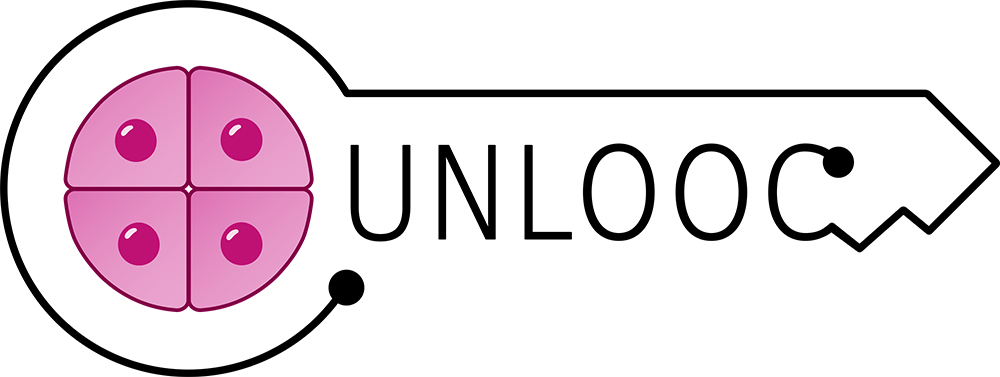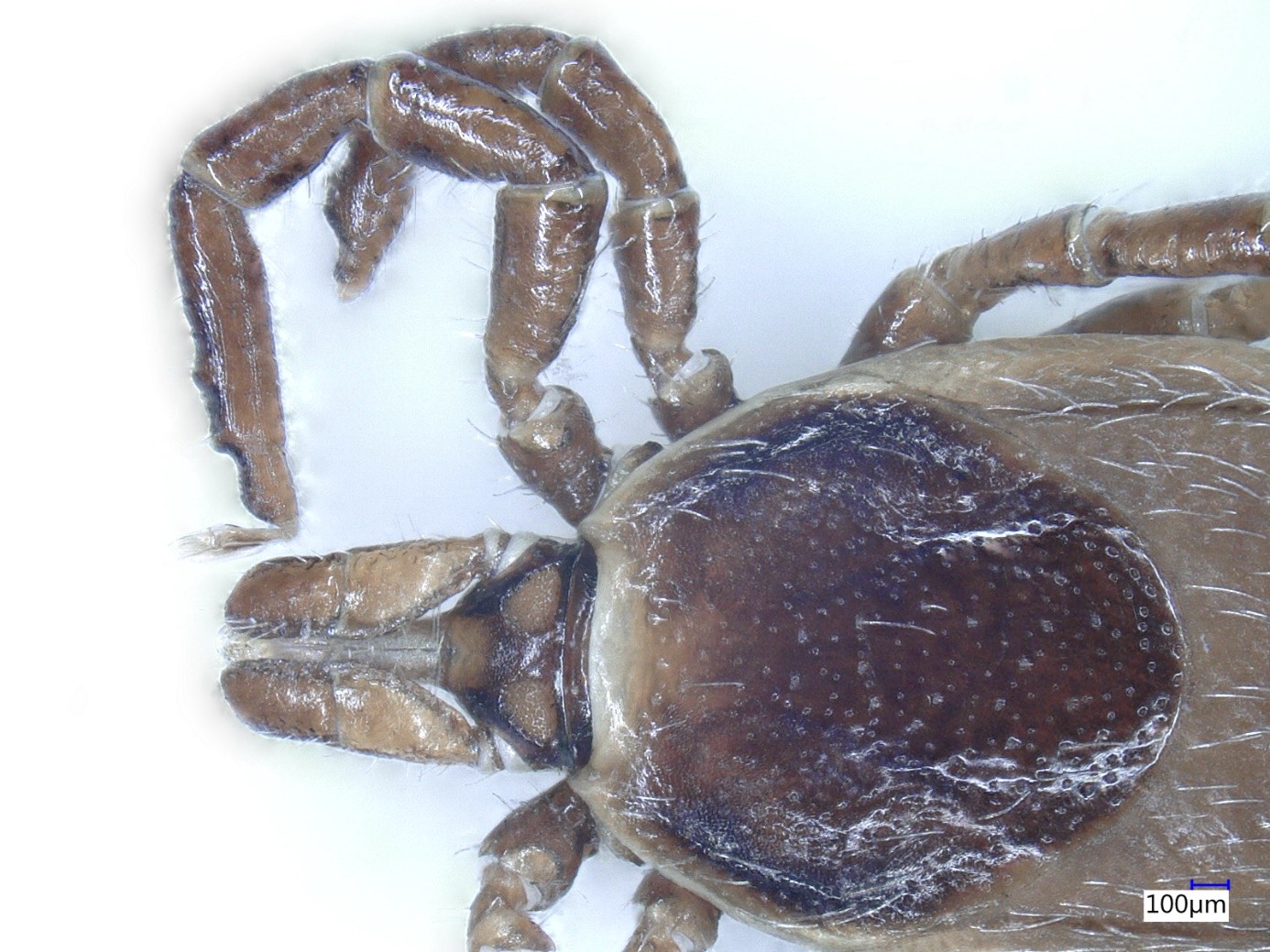Artificial Tissue-Handling Microchips Developed by Hungarian Researchers Could Replace Animal Testing in Drug Evaluation
As part of a major international consortium, Hungarian researchers are working to develop microchip-based artificial tissues that mimic human organs. In the future, experiments conducted on patient-derived samples could enable faster and safer drug testing. The development of these complex microchips involves researchers from the Institute of Engineering Physics and Materials Science at the HUN-REN Centre for Energy Research (HUN-REN EK-CER MFA).
The rapidly evolving Organ-on-Chip (OOC) technology aims to replicate the physiological and functional properties of human organs on a microstructured platform, in order to better understand their function, their biochemical-level interactions, and to analyse the efficacy and toxicity of therapeutic drugs. These biological models, created within microchips, could eliminate the need for animal testing in the preliminary evaluation of pharmaceutical compounds and cosmetic ingredients. At the same time, they enable meaningful assessment of the reliability and effectiveness of such tests. A particular challenge in developing alternatives to in vivo models is the automated analysis and interpretation of the chemical environment and the complex biological responses it triggers.
The team of researchers participating in the international UNLOOC project is developing, optimising, testing and applying a technology platform based on Organ-on-Chip devices for highly parallelised drug compound testing. The consortium is showcasing the platform’s capabilities through practical examples, including a Skin-on-Chip model.
Experts from the Microsystems Laboratory at HUN-REN EK-CER are involved in developing sensor systems (optical, electrochemical and plasmonic) for the continuous monitoring of drug compounds and other marker molecules relevant to biological experiments.
The 51-member European consortium, led by the German company Microfluidic Chipshop GmbH, aims to develop Organ-on-Chip technology that will not only enable controlled drug testing but also support the understanding of disease pathophysiology. In the future, the tissue-mimicking devices developed within the UNLOOC project could facilitate faster and safer drug testing by analysing samples from individual patients. In the longer term, the results achieved may also support the personalised design of pharmacotherapeutic protocols, representing a direct extension and translation of the project.



